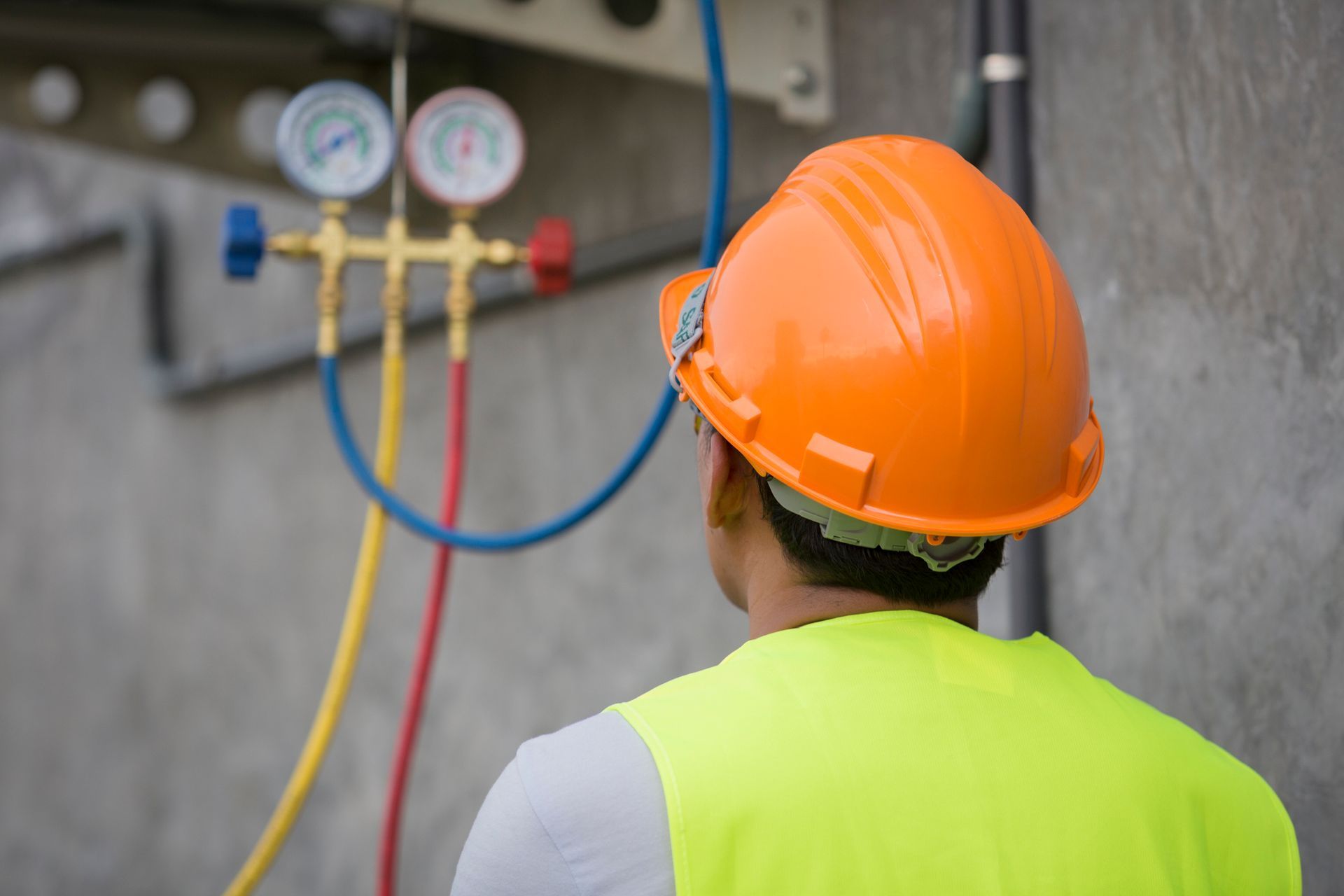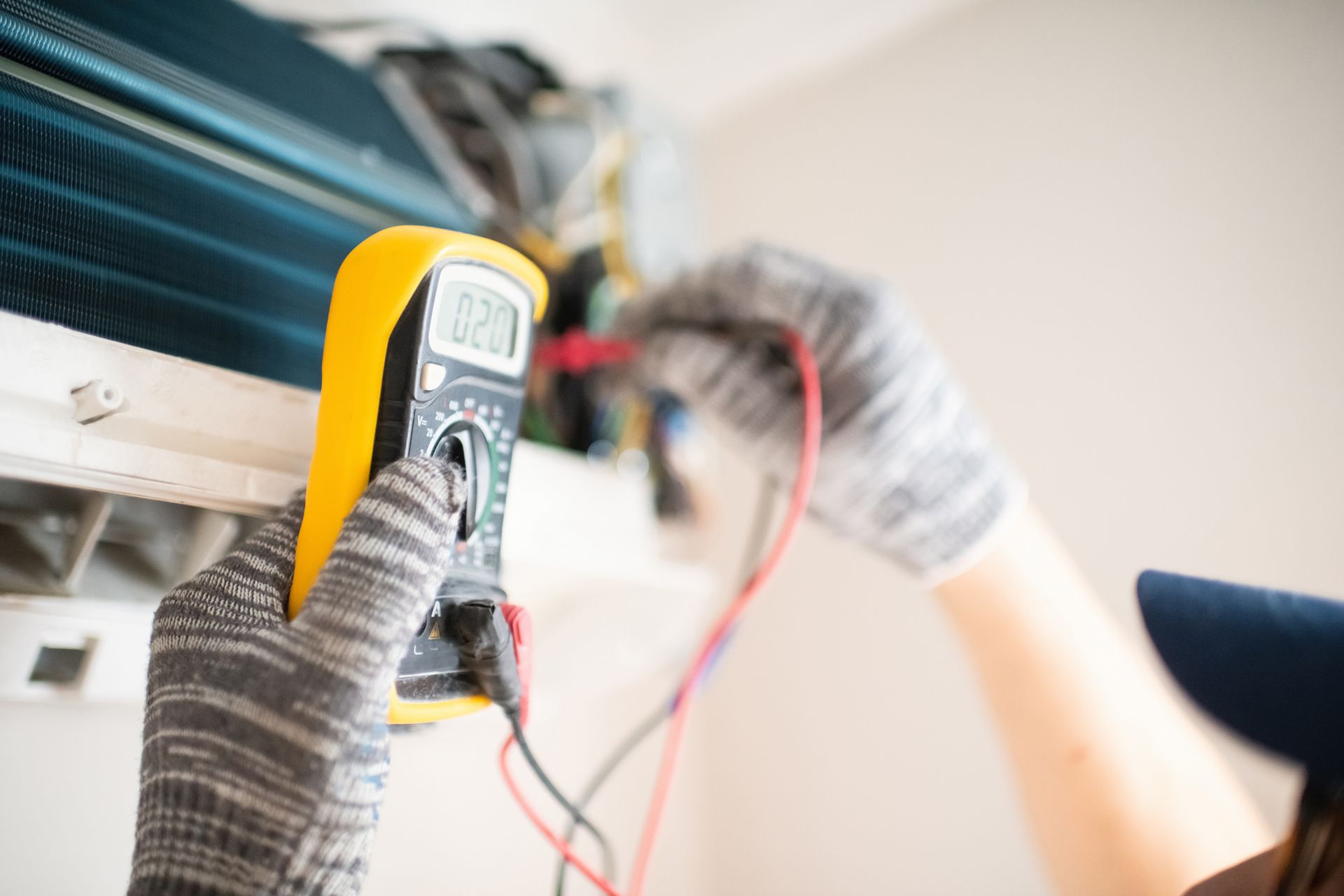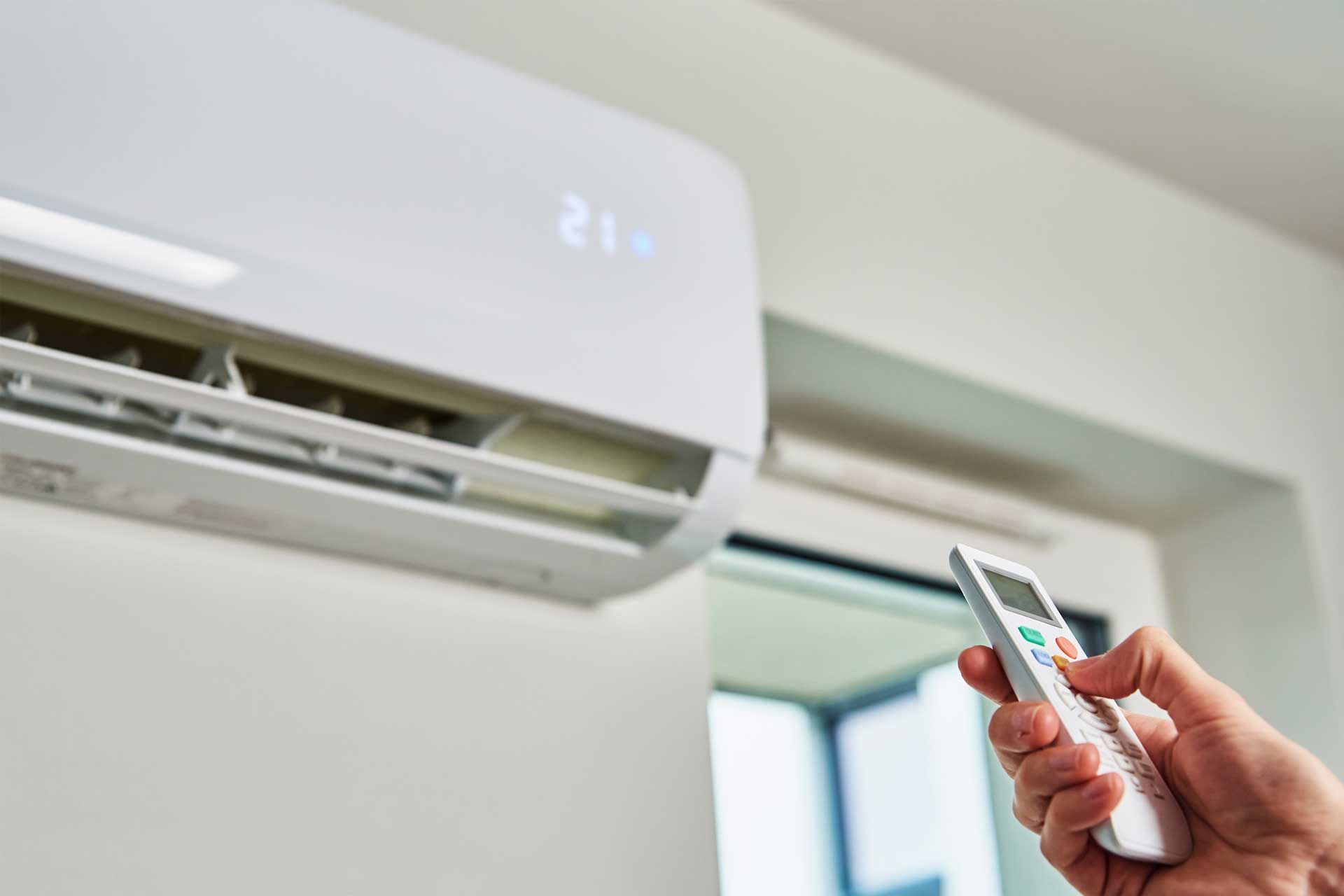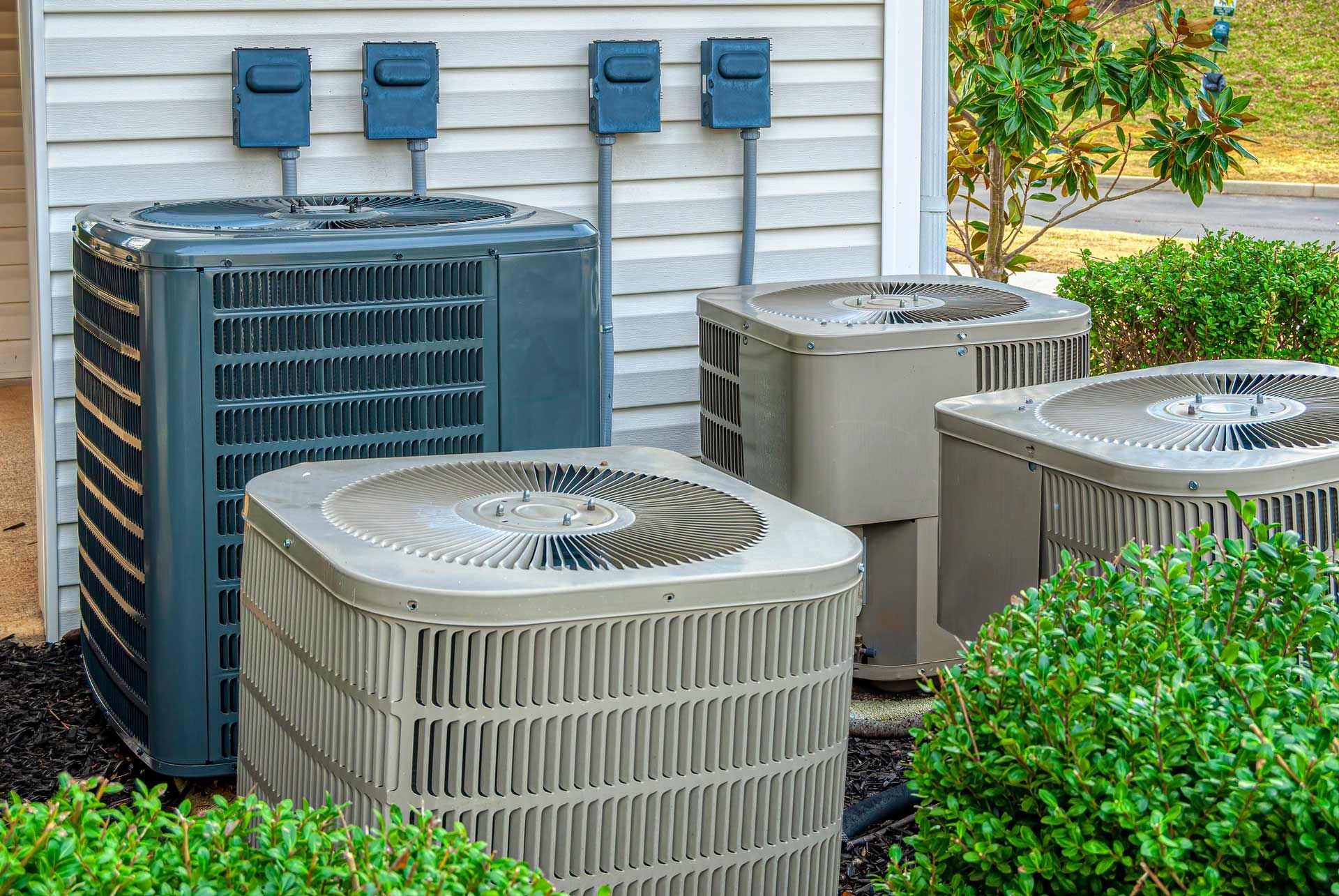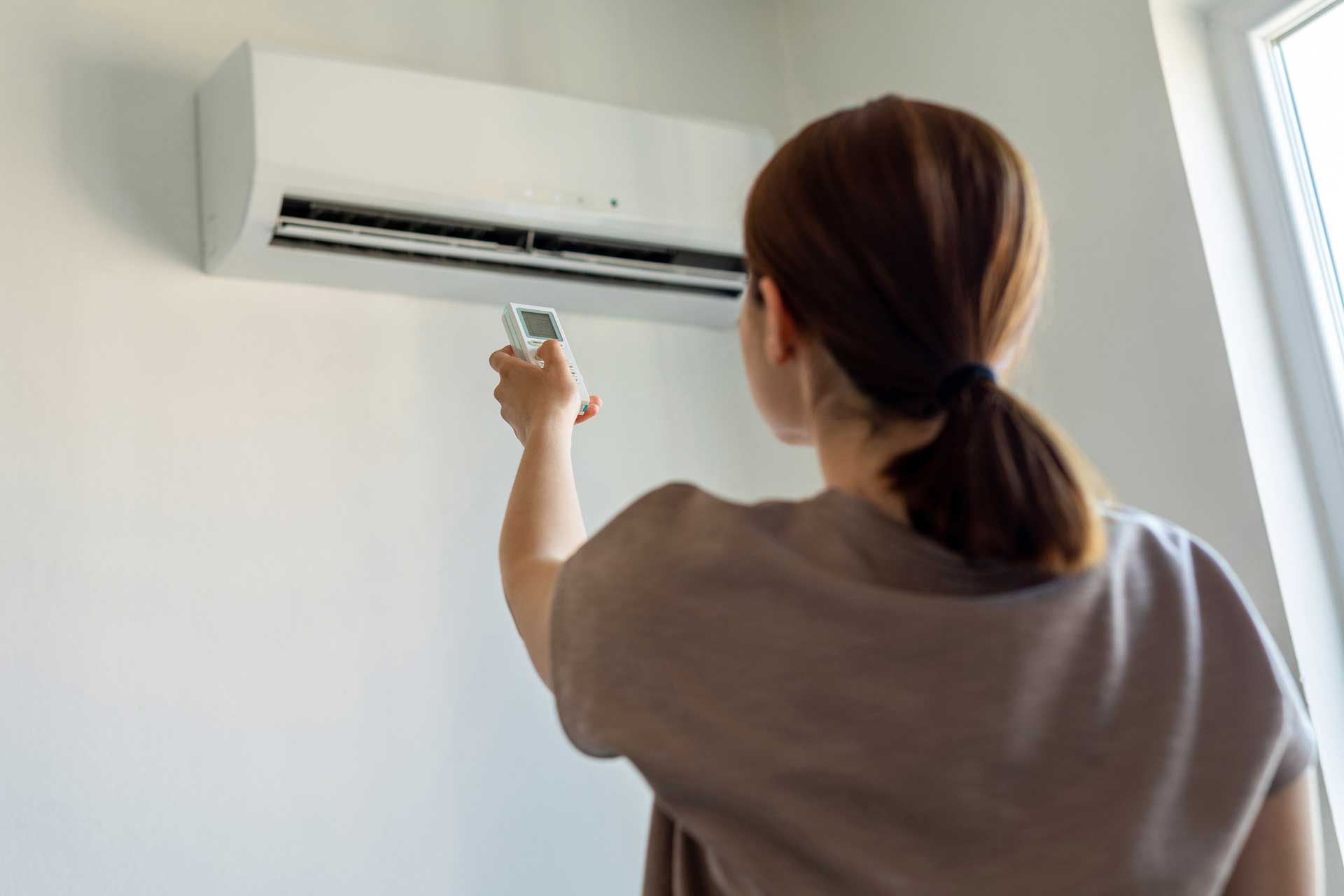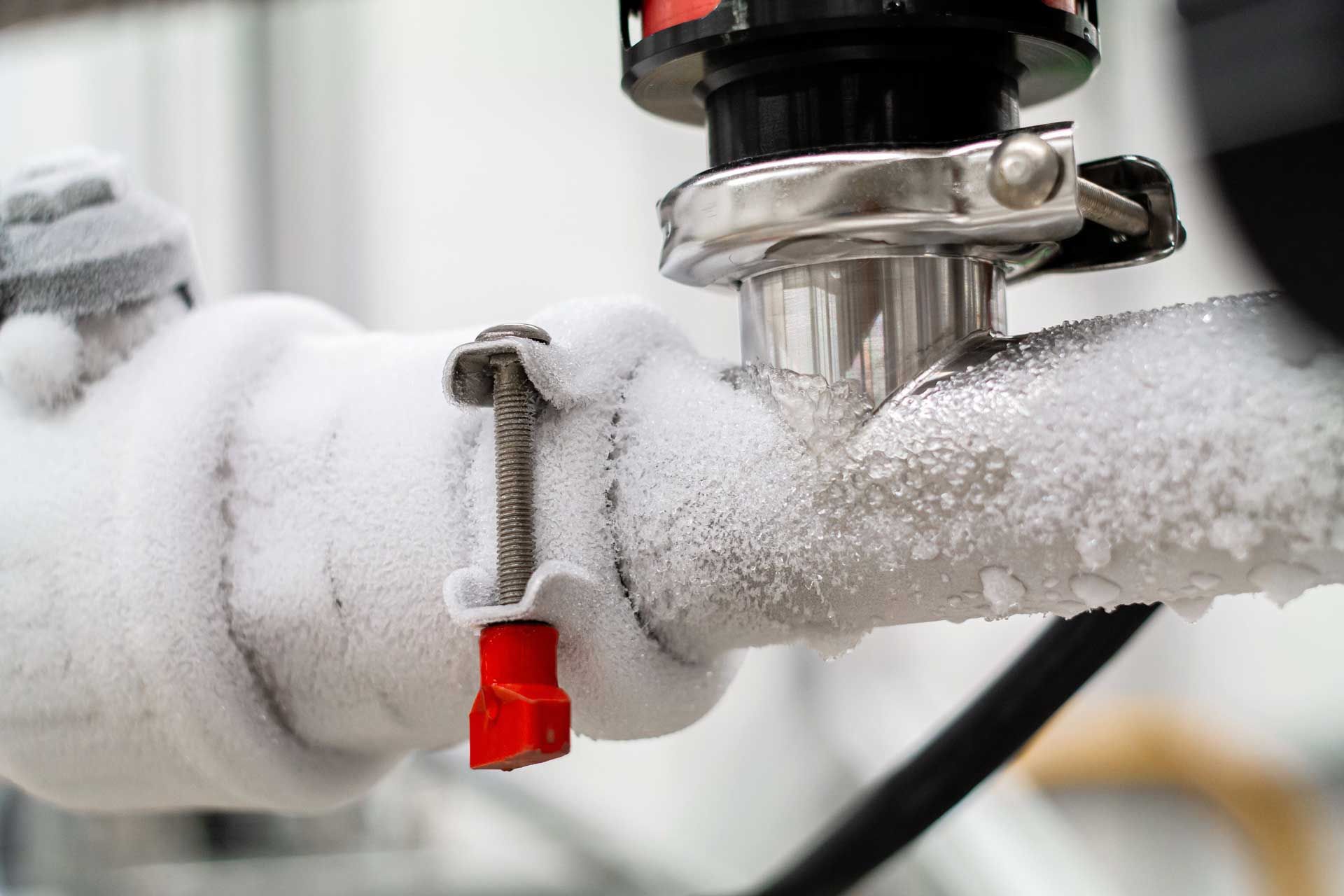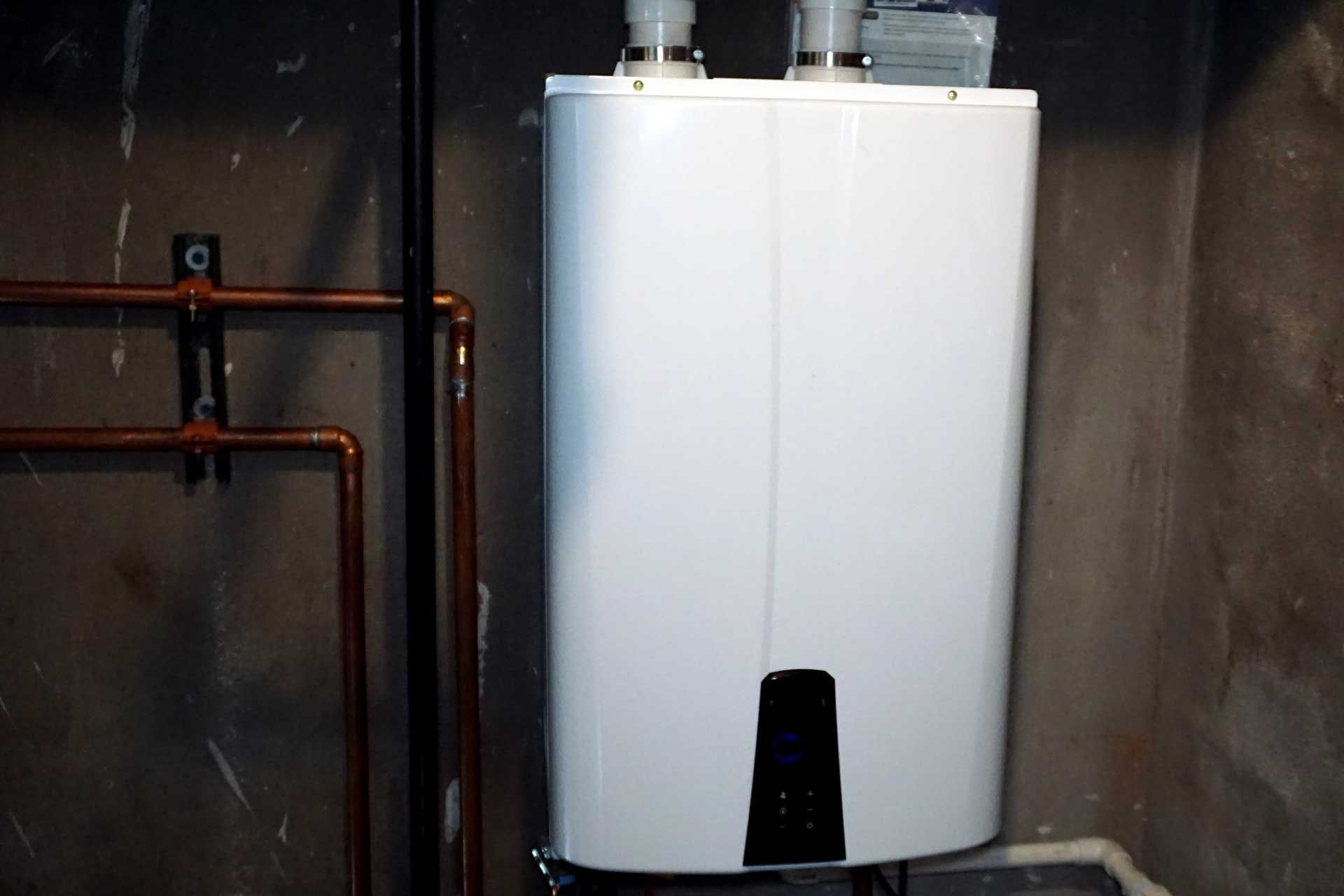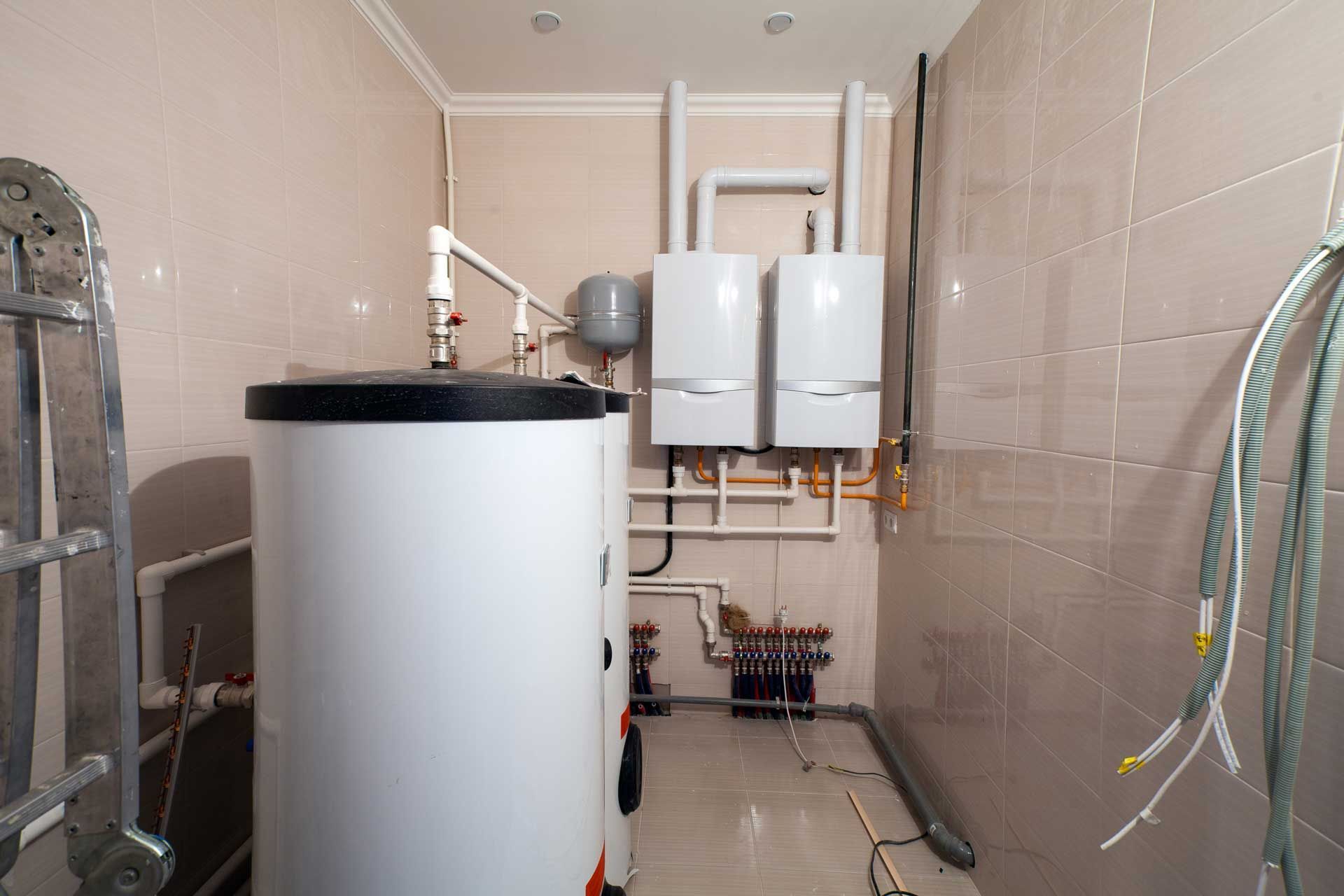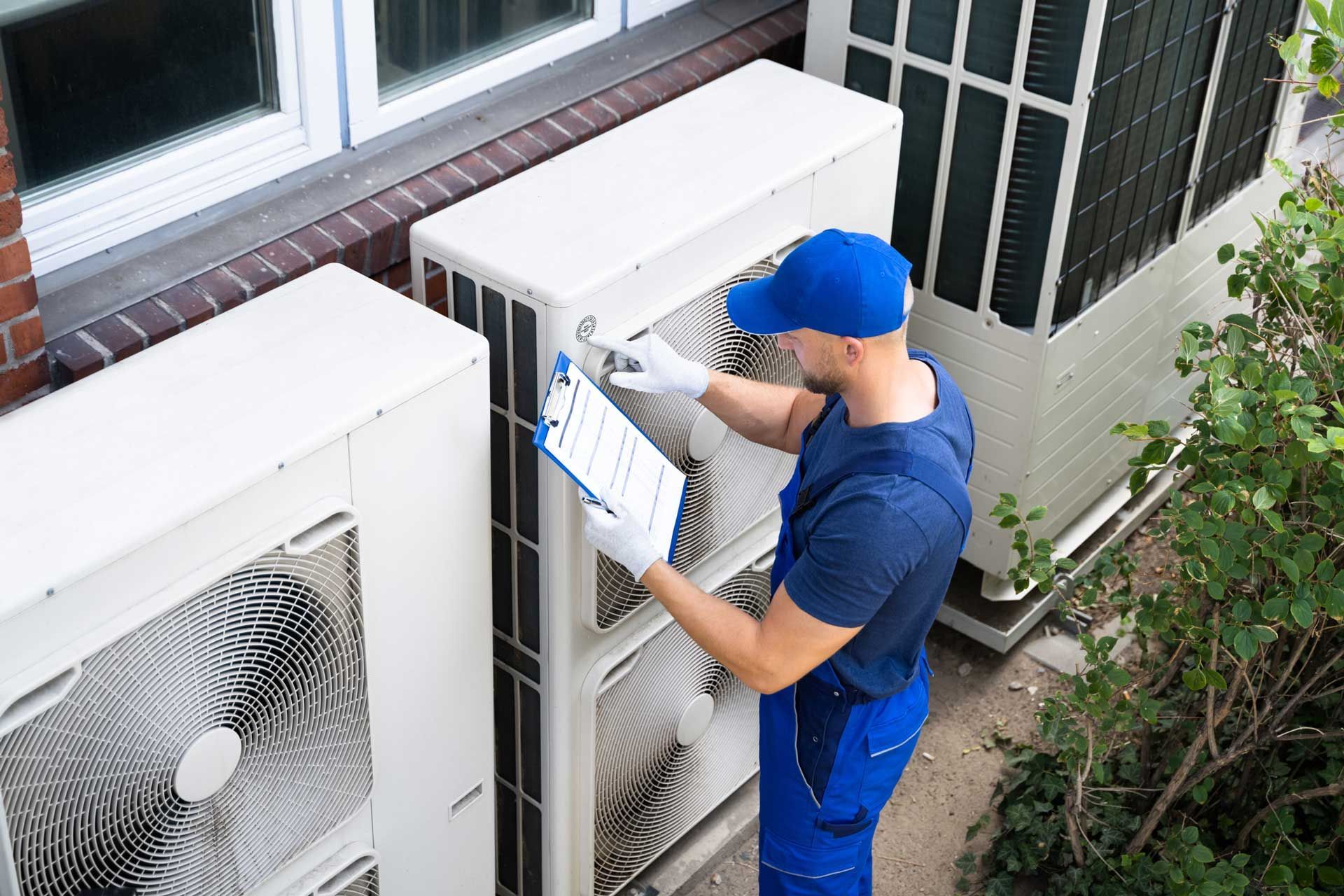What You Should Know About Your AC Evaporator Coil
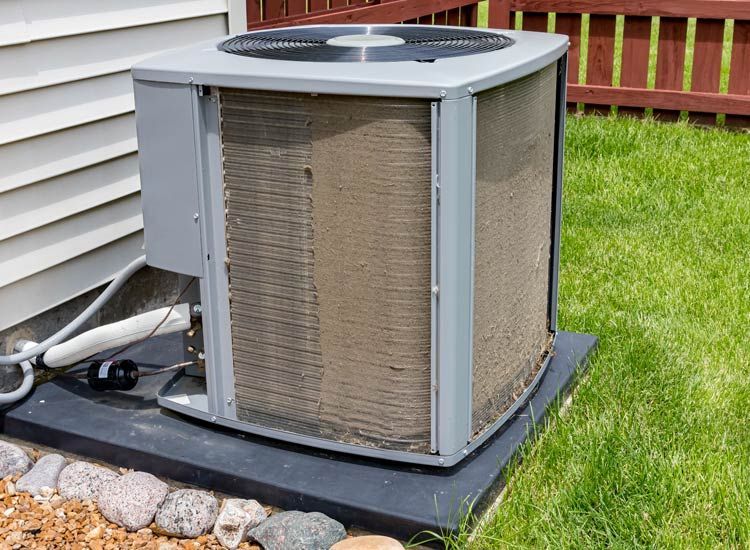
The evaporator coil is one of the most important parts of your central air conditioner, but many homeowners never see it and aren't familiar with how it functions. Understanding the role of the evaporator coil will help you keep your air conditioner in good condition and make it easier to get to the bottom of certain AC problems. Here is everything you should know about your AC evaporator coil.
What Is the Evaporator Coil?
The evaporator coil is the part of your air conditioner that directly cools the air that comes out of your vents when you use your AC. The coil is installed in an A-frame configuration above the indoor furnace and air conditioner. The coil consists of several aluminum fins on each face and copper tubing on the sides that circulates refrigerant.
How Do You Protect Your Evaporator Coil?
Your evaporator coil relies on two elements to cool your home: airflow, and refrigerant. If there is an airflow blockage in your system, it will often cause the coil to freeze over as it isn't able to absorb heat from the air. Common sources of airflow blockages include dirt buildup directly on the coil, a dirty furnace filter, or obstructions around the outdoor condenser.
Your evaporator coil can also freeze if it isn't supplied with enough refrigerant. This is because the compression and evaporation effects inside the AC will continue at the same rate, but the low volume of refrigerant will cause the coil to reach below-freezing temperatures. If you notice that your home isn't getting cool or hear a hissing sound near your AC, call a technician for a refrigerant recharge to keep your coil in good shape.
What Are the Signs of Evaporator Coil Damage?
When there is a problem with your evaporator coil, you may notice several different symptoms when using your air conditioner. One of the most common is warm air from your vents when you use your AC. This can occur if the coil is not able to remove heat from the air effectively due to dirt buildup or low refrigerant.
If your evaporator coil isn't cooling properly, you may also notice a change in your air conditioner cycles. If airflow to the coil isn't restricted but your home isn't cooling, it can cause your AC to run much longer as it tries to reach the temperature set by the thermostat. On the other hand, a dirty or frozen evaporator coil can cause your AC to cycle on and off more frequently than it should.
Should You Repair or Replace Your Evaporator Coil?
Deciding whether to repair or replace the evaporator coil depends on a number of factors. If your system is more than a decade old, it may be nearing the end of its life. Replacing the coil or opting for a complete AC upgrade could both solve the problems you are having with the coil and provide the benefit of improved system efficiency.
If your system is relatively new and there are no signs of corrosion on the coil, repair may be a better option. This is especially true if repairing the coil would cost less than half of what it would take to replace it. Sometimes, cleaning the evaporator coil may be all that it takes to restore its performance. You can do this at home with a commercial foaming coil cleaner and a stiff bristle brush.
If you have never thought about your AC evaporator coil before, now you know what it takes to maintain it and why it's so important. Keep these tips in mind, and contact us at Preferred Mechanical Services
for all your HVAC needs!
